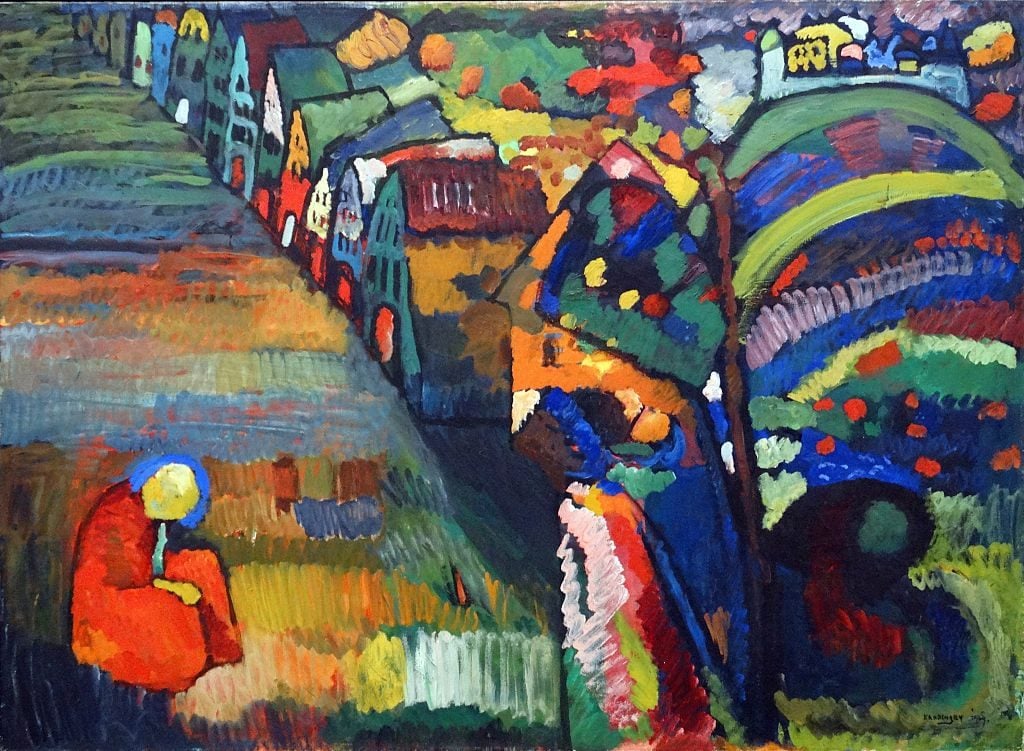Politics
A Government-Commissioned Report Admonishes the Netherlands for Stacking Odds Against Those Seeking the Return of Nazi-Looted Art
The report cites a lack of "transparency" in restitution decisions.

The report cites a lack of "transparency" in restitution decisions.

Kate Brown

The government organization that has for decades handled claims to Nazi-looted art in the Netherlands has come under fire in recent years. Now, a panel assembled to review its approach says it too often sides against victims and their heirs.
The 88-page report, published by a committee assembled by the Dutch minister of culture on December 7, found that there was substantial room for improvement in the Dutch Restitutions Commission. The report urged the body to conduct more active research into the provenance of works, to better communicate with applicants, and to increase overall transparency.
Crucially, the report also suggested that the committee do away with its current practice of weighing the value of a work of art to the applicant against the value of the work to its current owner, which has long been seen as controversial. This so-called “balance of interests” evaluation has led the committee to deny a few recent claims, saying that a work was more valuable to the museums that were hosting it than the heirs who were trying to retrieve it.
The release of the highly anticipated report comes after the resignation of the former chairman of the Restitutions Commission, Alfred Hammerstein, who left his post without citing a reason just a week ago. In its response to the report, the Restitutions Commission said that it “welcomes” the recommendations, calling them “constructive.”
“The aim of Dutch restitution policy is to provide some form of redress for the injustices that were committed, particularly to persecuted population groups,” the report’s authors write, citing Jewish people, as well as the Roma and Sinti. “The original owners were victims of much more than just looting.”
The Dutch Restitutions Commission was established in 2001, a few years after the landmark Washington Principles—an international mandate to promote the investigation and return of objects looted by the Nazis—were signed in 1998.
After World War II, the Allies sent works of art back to individual nations where they had been looted with the understanding that rightful heirs would be tracked down. For decades, the Netherlands had been seen as a leader in postwar restitution efforts—but more recently, its reputation has been tarnished amid growing complaints from applicants.

Rijksmuseum, Amsterdam. Photo by Schöning/ullstein bild via Getty Images.
These problems came to a head in 2018, when the committee denied a restitution request for the 1909 canvas Painting With Houses by Wassily Kandinsky, which resides in the Stedelijk Museum in Amsterdam. At the time, the committee said it found little evidence that the work was sold by its former Jewish owners under duress and that the claimant had “no past emotional or other intense bond with the work.” (The family is now appealing the case.)
The report recommends the committee create a new framework to evaluate applications—one where “the interests of the applicants should no longer be weighed against the interests of the museum.” It also suggests that the Netherlands resume its practice of actively investigating provenance and seeking out the next of kin for artwork, a process that stopped shortly after 2005 when the Origins Unknown Agency, which had been set up after the Washington Principles were signed, completed its systematic research into provenance of objects in Dutch collections.
Applicants quoted in the report described the existing process as “inaccessible, opaque, and painfully slow.” The authors recommended increasing communication due to the “high dress of emotional investment that often characterizes applications.” In response, the Restitutions Commission said it would work to “adapt its working practices such that they are perceived as being less remote.”
Finally, the review suggested that the Netherlands get a help desk that “actively” provides information on restitution policy, guidance on applications, and assistance in connecting relevant parties, citing the German model, the German Center for Lost Art, as an example.